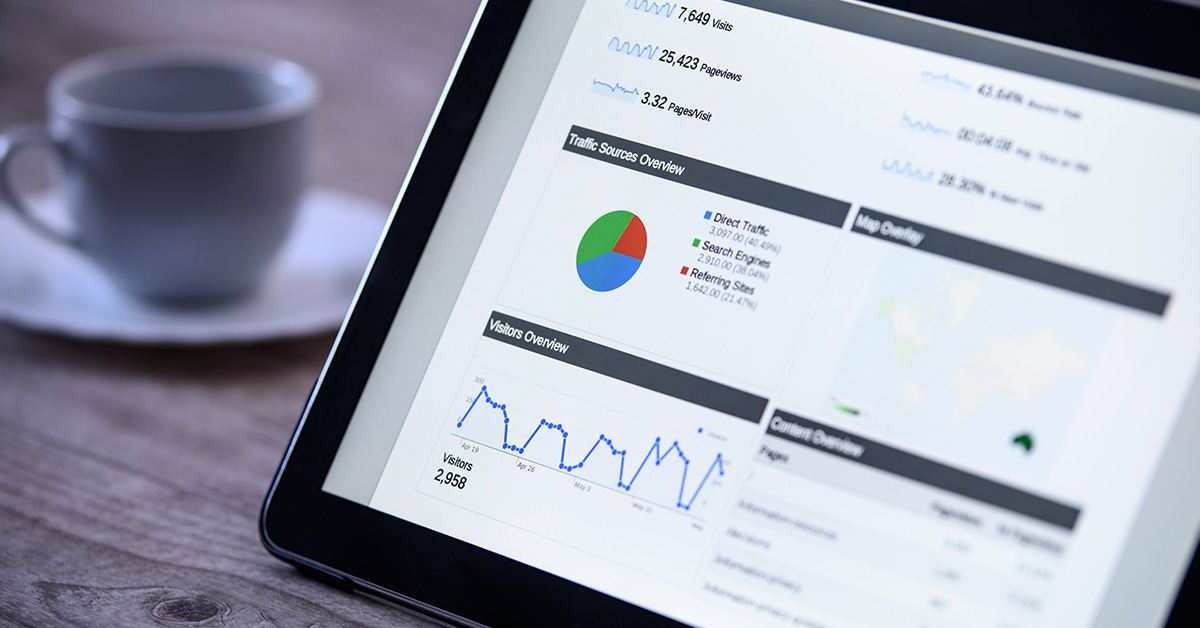What I’ve found, is the more control you have over-allocating spend to specific touchpoints, the more success you’ll find in your campaigns. Google provides six different attribution models and the first step in selecting the best model for you is to identify your business objectives. Depending on your goals, whether it be growth or efficiency, you can then choose which model is best suited for your needs.
Adwords Attribution Mode Basics
Last-Click: Gives all credit for the conversion to the last-clicked ad and corresponding keyword.
First-Click: Gives all credit for the conversion to the first-clicked ad and corresponding keyword.
Linear: Distributes the credit for the conversion equally across all clicks on the path.
Time Decay: Gives more credit to clicks that happened closer in time to the conversion. Credit is distributed using a 7-day half-life. In other words, a click 8-days before a conversion gets half as much credit as a click 1-day before a conversion.
Position-Based: Gives 40% of credit to both the first- and last-clicked ads and corresponding keyword, with the remaining 20% spread out across the other clicks on the path.
Data-Driven: Distributes credit for the conversion based on past data for this conversion action. (This is only available to accounts with enough data.
Source: https://support.google.com
Choosing the Right Attribution Model for Your Business
This is the way I look at it, Last-Click will get you nowhere in terms of growing your business. It highly favors customer recycling and let’s be honest, the last-clicked ad contributes very little value to a sale. We’re looking at the very bottom of the funnel here. At this point, the customer has already decided to purchase your product. Additionally, it’s favoring one piece of the pie and completely ignoring any previous, contributing click.
On the flip side, First Click assigns all credit to the first-clicked ad and corresponding keyword. And again, only favors one click. So…No.
In a perfect world, Google would have offered a model that’s a reverse of Time-Decay, which would contribute bulk credit to the first click and diminishing credit to the clicks that follow. This would be ideal for anyone wanting to drive new customer acquisition. Unfortunately, since they’ve deprived us of the best option out there, we suggest settling for a Linear or Position-Based model. But don’t just take our word for it, TEST IT!
The greatest thing about AdWords attribution is the ability to compare two different attribution models side-by-side, using the Attribution Modeling Report, to better understand which keywords, ad groups, or campaigns are undervalued in the last-click attribution model. You can do this by selecting Tools > Attribution Modeling and choosing which attribution models you’d like to compare.
Once you’ve had the chance to digest the data provided and know which model to choose, you can implement the attribution model of your choice by selecting Tools > Conversions > Edit Settings and selecting which attribution model you want to use.
Could this be the future of Attribution?
- A reversed model to Time-Decay favoring first-click and distributing diminishing credit to later touchpoints.
- Complete customization of attribution modeling.
Wouldn’t that be great?





